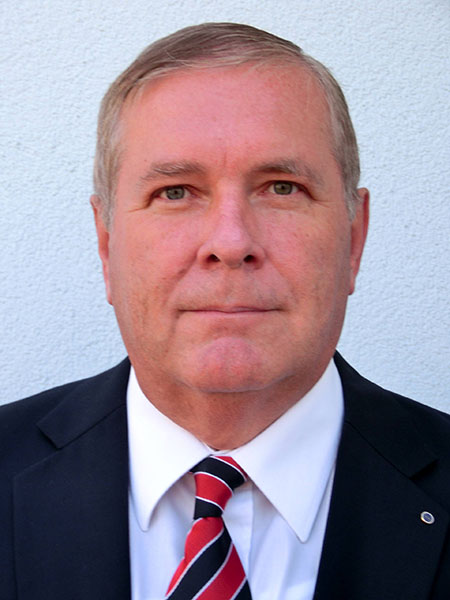Lecture of Professor Siegfried Selberherr, Guest of SASA
Siegfried Selberherr, a professor at the Institute for Microelectronics of the Technische Universität Wien (TU Wien) and an Honorary Doctor of Science of the University of Niš, will give a lecture titled ‘CMOS – Compatible Gas Sensors’ on Monday, 16 September, at the SASA Branch in Niš, at 5 p.m.
Professor Siegfried Selberherr was born in Austria in 1955. He received the diploma degree in electrical engineering and the doctoral degree in technical sciences from the Technical University Wien in 1978 and 1981, respectively. Prof. Selberherr has been holding the venia docendi on computer-aided design since 1984. Since 1988 he has been the Chair Professor of the Institute for Microelectronics. Prof. Selberherr published more than 450 papers in journals and books. He and his research teams achieved more than 1100 articles in conference proceedings of which more than 180 have been with an invited talk. Prof. Selberherr authored two books and co-edited more than 45 volumes, and he supervised, so far, more than 100 dissertations. His current research interests are modeling and simulation of problems for microelectronics engineering. Prof. Selberherr is a Fellow of the IEEE, a Fellow of the Academia Europaea, a Fellow of the European Academy of Science and Arts, and a Distinguished Lecturer of the IEEE Electron Devices Society.
As transistor scaling along Moore’s law approaches its physical limits, the semiconductor industry has been intensely working on functional integration of devices along the More-than-Moore approach. The integration of sensors, RF circuits, and other functionalities with electronics is enabled by innovations in packaging, three-dimensional integration, and most importantly through the fabrication of multiple components and features on silicon using established technology. With the application of semiconductor metal oxide (SMO) thin films, there is potential for the integration of gas sensors with processing electronics. Prof. Selberherr will describe SMO gas sensors, their fabrication, and operating techniques which require high temperatures and therefore an integrated microheater with a membrane to isolate the high temperature component from other circuitry. Finally, recent achievements in engineering of SMO films and in understanding and modeling their sensing mechanism will be discussed.

